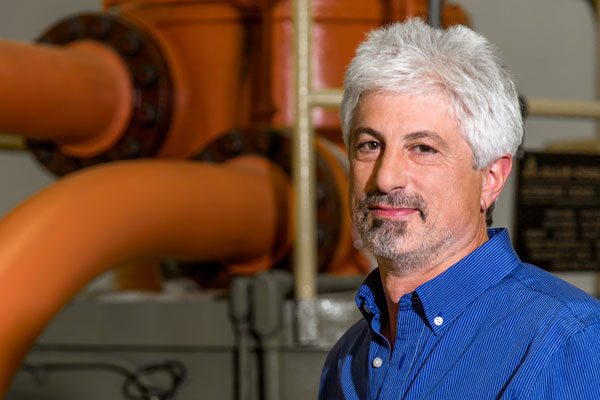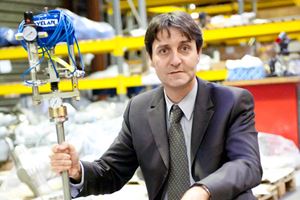Hydropower: Relying on Superbolt for 30 years
When it comes to long-term Superbolt users, American Mike Bruno is hard to beat. More than 30 years ago, he was involved in one of the earliest installations of Superbolt tensioners in a hydropower turbine. Today, he continues to praise the performance of these tensioners. Here, he shares some inspirational insights.
You first worked with Superbolt tensioners at Diablo Dam in 1984. How did that come about?
“I was a machinist working at Seattle City Light, the electric utility for Seattle. We worked out of the machine shop down there, and we would go up and be labour support at Diablo Dam. In 1984, they were doing a stator-rotor inspection on the turbine, so they had to remove the rotor; that involves taking the thrust bearing apart, which is mounted on the turbine shaft. It is very important that the thrust block is perpendicular to the shaft within less than one-thousandth of an inch. Otherwise, it will have run-out and wobble.”
How did the Superbolt tensioners help with that?
“Back then, to get the right tension in the bolts, you had to heat the bolts so they would elongate, do the installation, and then wait for them to cool overnight. If the thrust bearing wasn’t sitting right on top of the shaft, you had to do it all over.
“The engineers at Diablo Dam had been in contact with Superbolt, and they modified the bolts so you didn’t have to go through this long process. Instead, we could tighten up those little bolts. If the thrust bearing wasn’t exactly perpendicular, you just tweaked the bolts on the opposite side. It was a very labour-saving modification.”
Today, you work at Wells Dam. What do you do there?
“I’ve been with the Wells Hydroelectric Project for about 17 years, managing and monitoring the project. What I’ve always enjoyed about my work is that every day there are new challenges or something that you’ve got to fix. We’ve got air systems, electrical systems, mechanical systems, hydraulic systems – all these different auxiliary systems that feed the turbines that run 24 hours a day.”
How has the dam been modernized over the years?
“One of the ways that it has been modernized is that we have installed PLCs on the majority of our alarm systems. Today, we have over 2,500 alarm points on different systems. This allows us to set more parameters for the alarm points, and we can also trend over time and compare with different machines. If something is starting to fail, you can set up a parameter to get an alarm so you can look into it before the failure actually happens.
“We are also using Superbolt tensioners when rebuilding our turbines. They’re being used in the load screws that hold the turbine bearing shoes in place, and in our turbine’s outer head cover, where you can’t access the bolts with a big wrench because it’s close quarters. They’re very reliable.”

MIKE BRUNO
TITLE: Project Superintendent, Wells Hydroelectric Project, Douglas County Public Utility district
AGE: 60
LIVES: Chelan, Washington
BACKGROUND: Has a degree in industrial technology from Shoreline College; also studied at Cogswell College. Worked at Seattle City Light as a hydro machinist and foreman until 1990, then as a mechanical supervisor for the Skagit River Hydroelectric Project until 2000. Since then with Wells Hydroelectric Project.
PASSION: Married with three grown daughters, two granddaughters. Enjoys bow hunting and playing golf.

